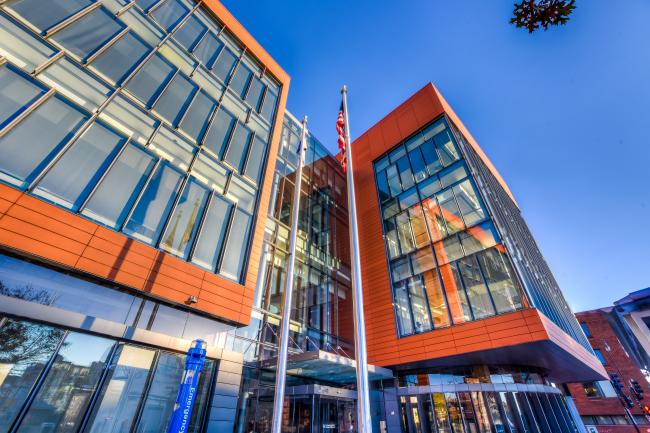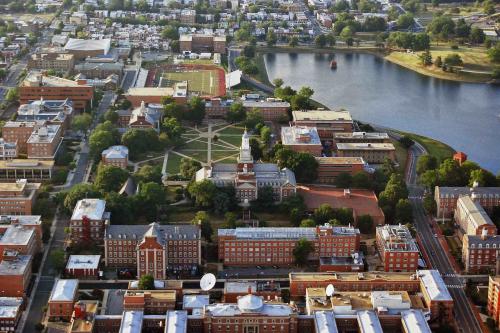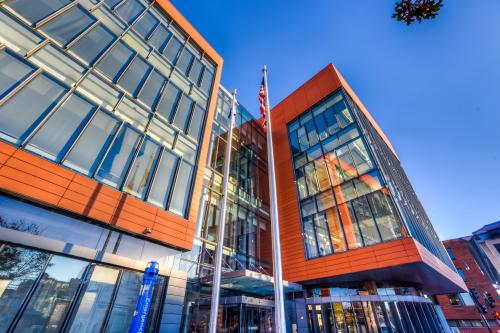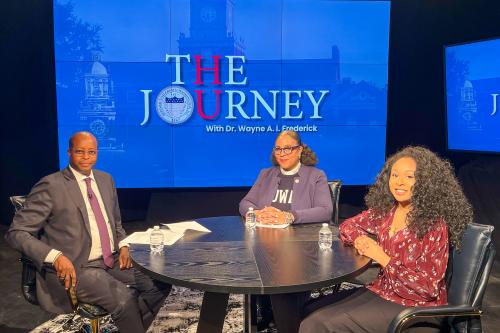After Howard University President Wayne A. I. Frederick announced the largest real estate initiative in the school’s history, the University community reacted with enthusiasm to the upcoming changes.
“It is so important, making sure that we have proper facilities on campus for our students to be able to go to and attend classes,” says Aprill Turner (B.A. ’01), vice president of communications and external affairs for Higher Heights Leadership Fund. “Howard has so much legacy, and it is such an important institution to this country, to our history.
Most of the funding, $670 million of the $785 million, will go towards the construction of the three academic centers:
- Health Sciences Complex, which will be composed of the College of Medicine, College of Dentistry, College of Pharmacy and the College of Nursing and Allied Health Sciences;
- Center for Arts and Communications, which holds the Chadwick A. Boseman College of Fine Arts and the Cathy Hughes School of Communications; and
- STEM Center, which will be home to various programs such as physics, chemistry, biology, engineering and mathematics.
Turner added, “It is great to have historic buildings, but they need to be upkept. This type of investment will go a long way.”
Students involved in various areas such as business development, architecture, etc., will also have an opportunity to participate in the projects.”
The University has not built academic buildings since 1984, making these additions “the largest investment in academic classroom space” in nearly four decades, according to University officials. In addition, major renovations will be done to the Myrtilla Miner Building, which will house the School of Education and the Howard University Middle School for Mathematics and Science. In the fall of 2021, Frederick Douglass Memorial Hall and the Undergraduate Library were reopened after years of being closed due to renovations.
“The leadership of our board and executive team, along with the caliber of students we have enrolled, the illustrious faculty we have assembled, the dedicated staff we have hired, and the committed alumni base we have cultivated, presents an opportunity for us to solidify Howard’s status as one of the preeminent institutions of higher education in the country,” Frederick says.







